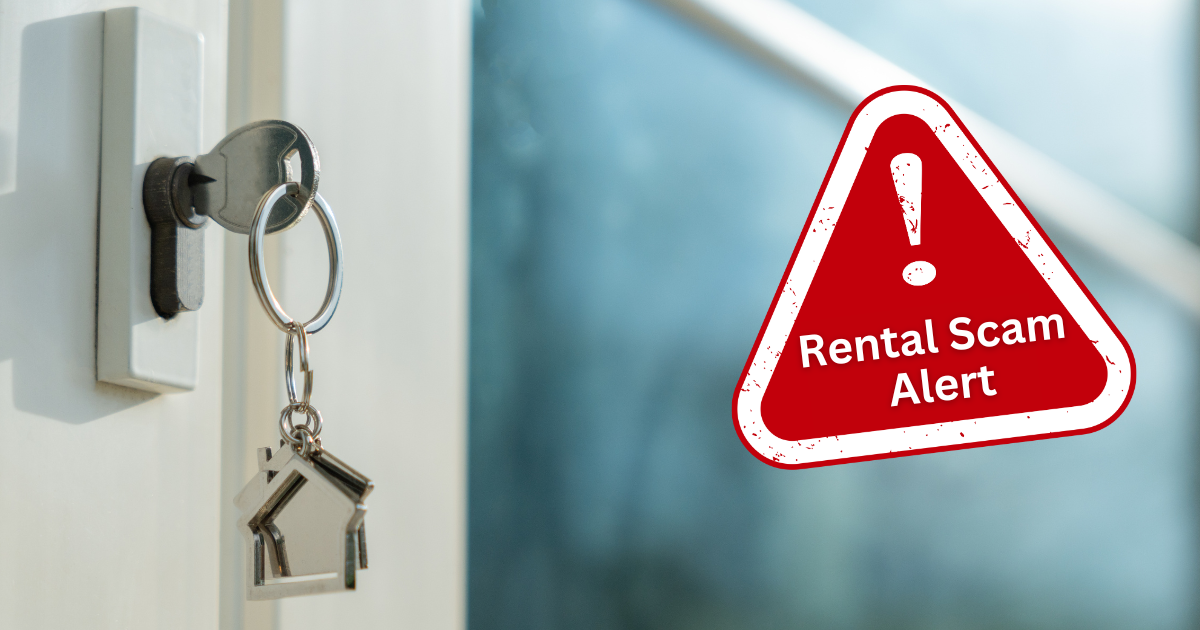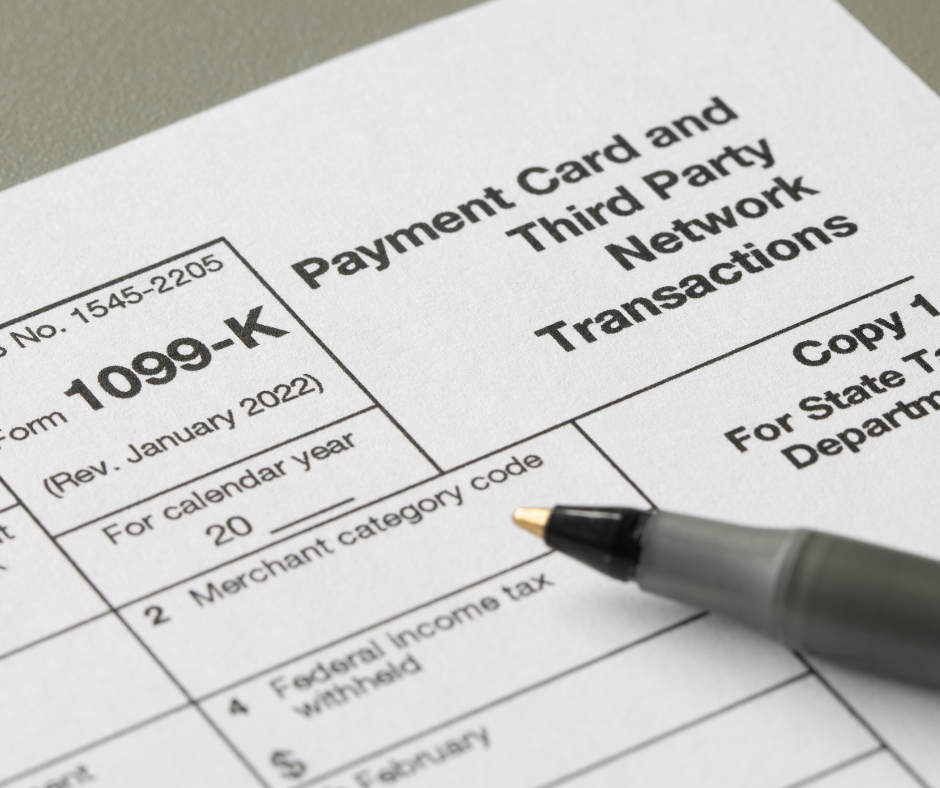Rental Scams Are on the Rise — Here’s How to Stay Safe

If you're currently on the hunt for a new rental, here’s something you need to know: rental scams are happening more often than ever. In fact, the FBI reports a 64% increase in rental fraud over the past three years. With high demand for affordable housing, scammers are jumping in to take advantage—and they’re getting sneaky about it.
At 1st Choice Property Management, we’re all about helping renters feel informed and confident during their search. So let’s break down how these scams work, what red flags to watch for, and what to do if you think you’ve been targeted.
How These Scams Usually Work
Rental scams typically fall into two categories:
- Fake Listings (aka “Phantom Rentals”)
Scammers post attractive rental listings—complete with great photos and prices that seem too good to be true—but the property either doesn’t exist or isn’t actually available. - Hijacked Ads
In this case, the scammer copies a real rental listing but swaps out the contact info so you end up speaking with them instead of the actual property manager.
In both scenarios, the scammer is trying to get your money—or worse, your personal information like your Social Security or bank account number.
6 Red Flags That Could Mean a Scam
Here are some common signs a rental listing might not be legit:
- They Avoid Meeting in Person
If the person listing the property won’t meet face-to-face or won’t show you the unit in person, be cautious. Scammers often claim they’re out of town or make excuses to avoid a physical showing. - They Ask for Money Upfront
Never send money—especially deposits or rent—before signing a lease and seeing the property. If they’re asking for payment first, that’s a huge red flag. - The Price Seems Too Good
If the rent is significantly lower than similar properties in the area, it’s likely bait. Scammers use low prices to get quick attention and rush you into sending money. - The Listing Looks Off
Typos, blurry photos, or images with watermarks are all signs the ad might’ve been copied from somewhere else. - No Clear Address
If you can’t confirm the exact location of the property, it’s a sign the listing could be fake. - They’re Rushing You
Scammers use urgency to pressure renters—telling you to “act fast” or risk losing the property. A legitimate landlord will take time to screen tenants properly.
How to Protect Yourself
You don’t have to be a detective—just take a few simple steps to protect yourself during your search:
- Double-check listings. Use reputable rental platforms and cross-reference listings to make sure the info lines up.
- Use Google Maps. Compare exterior photos in the listing with street view images online. If things don’t match, be careful.
- Connect directly. Talk to the landlord or property manager on the phone or video chat. Avoid doing business over text or email only.
- Avoid sketchy payment methods. Don’t use wire transfers or send cash. Stick to secure, trackable payment options.
- Protect your personal info. Only share sensitive details once you’re 100% sure the listing and landlord are legit.
What to Do If You’ve Been Scammed
If you think you’ve fallen for a rental scam, here are a few steps to take right away:
- Report it. Let the FTC and the FBI’s Internet Crime Complaint Center (IC3) know. Also report it to your local authorities.
- Flag the listing. Contact the website where you found the ad so they can remove it.
- Freeze your credit. This helps protect against identity theft if you shared personal info.
- Monitor your accounts. Keep an eye on your credit and bank accounts for any strange activity.
- Reach out to your bank or payment platform. They may be able to reverse a fraudulent transaction if you act quickly.
Scammers are getting smarter, but with a little awareness and caution, you can avoid falling into their traps.
At 1st Choice Property Management, we’re always here to help guide you through a safe and stress-free rental experience. Have questions or want help finding a place you can trust? Reach out to our team—we’ve got your back.
Share this post















